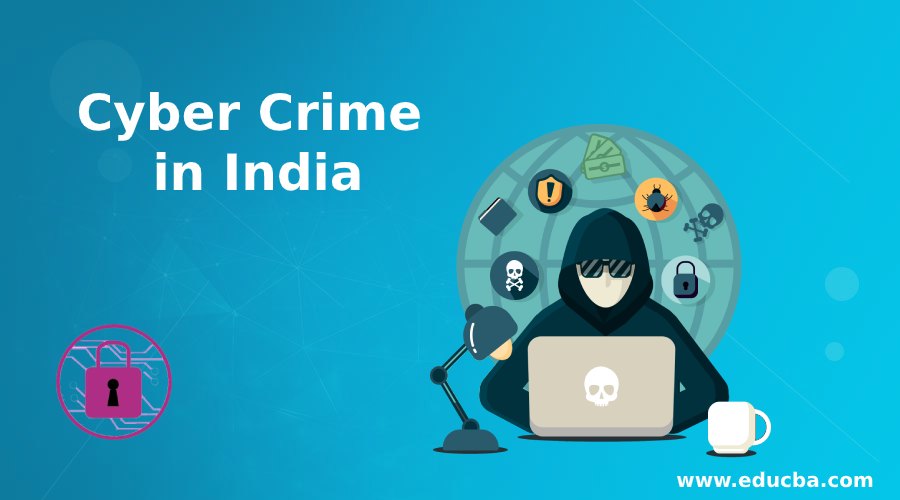
They’re on the lookout for a tool that can regularly scan their IT infrastructure for potential cybersecurity threats and vulnerabilities.

All users have to verify their identity using two sets of credentials (e.g., mobile push authentication along with the standard username and password).īefore you start evaluating cybersecurity software options, you'll want to know which buyer category you belong to. Set up a dual authentication mechanism to allow user access to business data and applications. Use a single set of login credentials (e.g., a username and password) to access multiple software applications or platforms. To people who don’t have the key, encrypted data appears as scrambled or unreadable text.
CYBER SECURITY SOFTWARE CATEGORIES PASSWORD
Log incidents by priority, and diagnose the issue to reduce downtime.Įncrypt your business data, so it can be accessed or decrypted only by users that have the encryption key (i.e., a password or passcode). Set up a plan of action to follow in case a security incident is identified. All identified security threats are quarantined to prevent contamination of other files and data. Scan your systems, software, and networks at regular intervals to detect and report on any new or existing security vulnerabilities, such as viruses and malware.Įmploy security techniques to detect existing threats, reduce the impact of the detected threats, and prevent the occurrence of new threats. Here’s a look at a few of those features. Selecting software with the right features is easier when you know what the most common features are and what they do. Summary of security status in avast! Endpoint Protection ( Source)Ĭommon features of cybersecurity software

Application security, information security, network security, operational security, and disaster recovery are some common business applications of these tools.

There are many types of cybersecurity software solutions, such as data encryption tools, web vulnerability scanning tools, network defense tools, penetration testing tools, antivirus software, and firewall software. It uses a combination of technologies such as firewall protection, data encryption and backup, incident response, and website scanning to prevent unauthorized access and ensure real-time enterprise security.

Despite technology advancements, cybersecurity remains a challenge for businesses across industries.


 0 kommentar(er)
0 kommentar(er)
